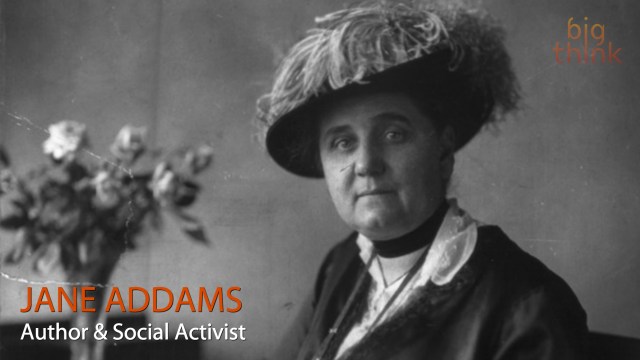Quantum Immortality
Forget nine lives; if one interpretation of quantum mechanics is right, the cat might have an infinite number of them.
Observers are the necessary, but unliked, bouncers in the elegant nightclub of quantum physics. While, no one is entirely comfortable with having doormen checking IDs, they persist; otherwise everyone and everything gets in, contrary to ordinary experience.

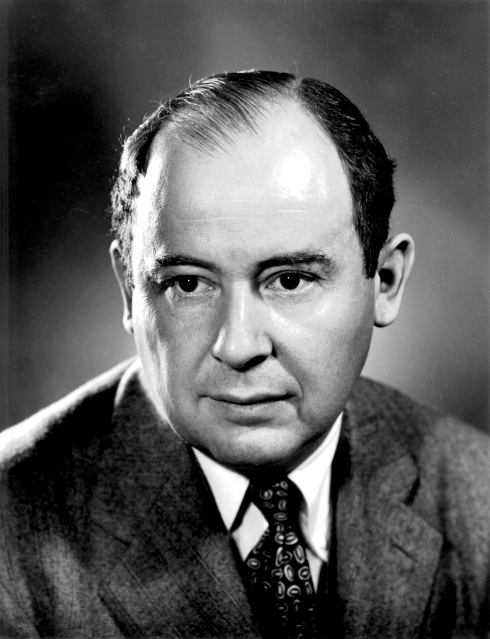
In the late 1920s and early 1930s, Heisenberg, Dirac, and John von Neumann, codified the formalism of quantum mechanics as a two-step process. One part involves the continous evolution of states via the deterministic Schrödinger equation.

Map out a system’s potential energy distribution — in the form of a well, for example — and the spectrum of possible quantum states is set. If the states are time-dependent, then they predictably transform. That could set out, for instance, a superposition of states that spreads out in position space over time, like an expanding puddle of water.
Yet experiments show that if an apparatus is designed to measure a particular quantity, such as the position, momentum or spin-state of a particle, quantum measurements yield specific values of that respective physical parameter. Such specificity requires a second type of quantum operation that is instantaneous and discrete, rather than gradual and continuous: the process of collapse.
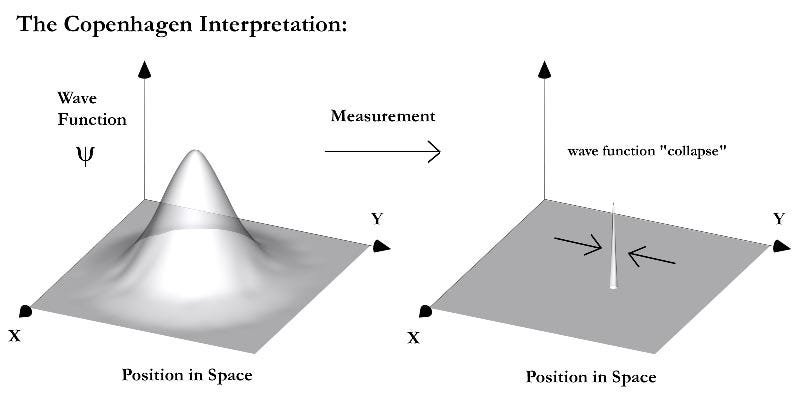
Collapse occurs when a measurement of a certain physical parameter — position, let’s say — precipitates a sudden transformation into one of the “eigenstates” (solution states) of the operator (mathematical function) corresponding to that parameter — the position operator, in that case.

Then the measured value of that quantity is the “eigenvalue” associated with that eigenstate — the specific position of the particle, for instance. Eigenstates represent the spectrum of possible states and eigenvalues the measurements associated with those states.
We can imagine the situation of quantum collapse as being something like a slot machine with a mixture of dollar coins and quarters; some old enough to be valuable, others shining new.

Its front panel has two buttons: one red and the other blue. Press the red button and the coins instantly become sorted according to denomination. A number of dollar coins drop out (a mixture of old and new). Press the blue button and the sorting is instantly done by date. A bunch of old coins (of both denominations) are released. While someone seeking quick bucks might press red, a coin collector might push blue. The machine is set that you are not permitted to press both buttons. Similarly, in quantum physics, according to Heisenberg’s famous uncertainty principle certain quantities such as position and momentum are not measurable at once with any degree of precision.
Over the years, a number of critics have attacked this interpretation.
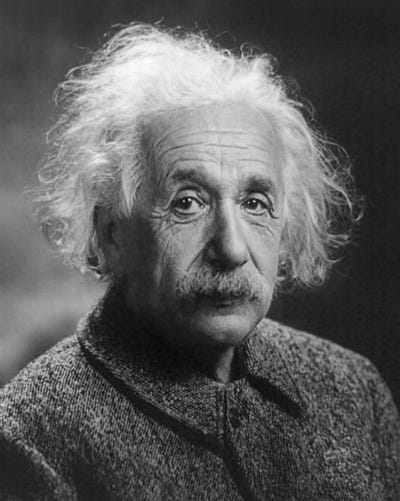
Suggesting that quantum physics, though experimentally correct, must be incomplete, Einstein argued that random, instantaneous transitions had no place in a fundamental description of nature. Schrödinger cleverly developed his well-known feline thought experiment to demonstrate the absurdity of the observer’s role in quantum collapse. In his hypothetical scheme, he imagined a set-up in which a cat in a closed box, whose survival (or not) was tied to the random decay of a radioactive material, was in a mixed state of life and death until the box was opened and the system observed.
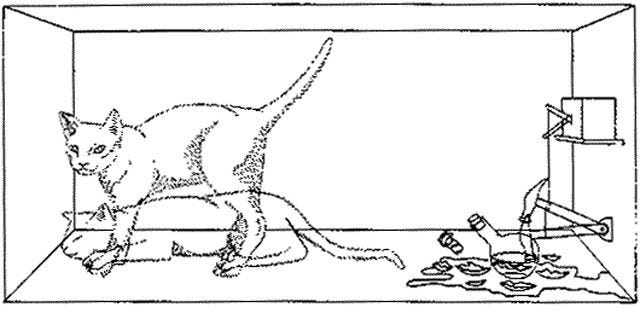
More recently, physicist Bryce DeWitt, who theorized how quantum mechanics might apply to gravity and the dynamics of the universe itself, argued that because there are presumably no observers outside the cosmos to view it (and trigger collapse into quantum gravity eigenstates), a complete accounting of quantum physics could not include observers.
Instead, DeWitt, until his death in 2004, was an ardent advocate of an alternative to the Copenhagen (standard) interpretation of quantum mechanics that he dubbed the Many Worlds Interpretation (MWI).
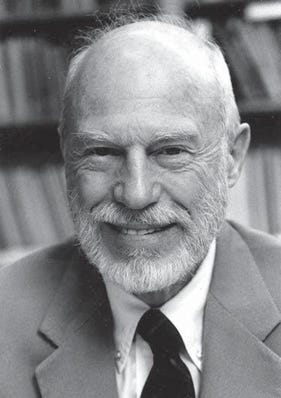
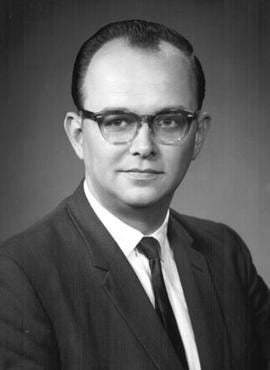
He based his views on the seminal work of Hugh Everett, who as a graduate student at Princeton, developed a way of avoiding the need in quantum mechanics for an observer. Instead, each time a quantum measurement is taken, the universe, including any observers, seamlessly and simultaneously splits into the spectrum of possible values for that measurement. For example, in the case of the measurement of the spin of an electron, in one branch it has spin up, and all observers see it that way; in the other it has spin down. Schrödinger’s cat would be happily alive in one reality, to the joy of its owner, while cruelly deceased in the other, much to the horror of the same owner (but in a different branch). Each observer in each branch would have no conscious awareness of his near-doppelgangers.
As Everett wrote to DeWitt in explaining his theory:
“The theory is in full accord with our experience (at least insofar as ordinary quantum mechanics is)… because it is possible to show that no observer would ever be aware of any ‘branching.’”
If Schrödinger’s thought experiment were repeated each day, there would always be one branch of the universe in which the cat survives. Hypothetically, rather than the proverbial “nine lives,” the cat could have an indefinite number of “lives” or at least chances at life. There would always be one copy of the experimenter who is gratified, but perplexed, that his cat has beaten the odds and lived to see another day. The other copy, in mourning, would lament that the cat’s luck had finally run out.
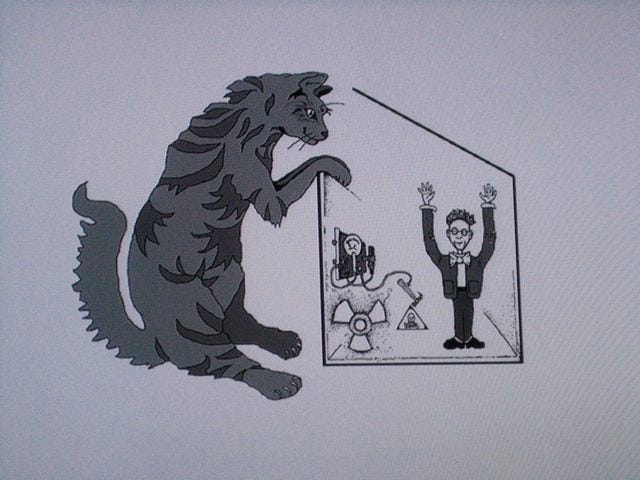
What about human survival? We are each a collection of particles, governed on the deepest level by quantum rules. If each time a quantum transition took place, our bodies and consciousness split, there would be copies that experienced each possible result, including those that might determine our life or death. Suppose in one case a particular set of quantum transitions resulted in faulty cell division and ultimately a fatal form of cancer. For each of the transitions, there would always be an alternative that did not lead to cancer. Therefore, there would always be branches with survivors. Add in the assumption that our conscious awareness would flow only to the living copies, and we could survive any number of potentially hazardous events related to quantum transitions.
Everett reportedly believed in this kind of “quantum immortality.” Fourteen years after his death in 1982, his daughter Liz took her own life, explaining in her suicide note that in some branch of the universe, she hoped to reunite with her father.
There are major issues with the prospects for quantum immortality however. For one thing the MWI is still a minority hypothesis. Even if it is true, how do we know that our stream of conscious thought would flow only to branches in which we survive? Are all possible modes of death escapable by an alternative array of quantum transitions? Remember that quantum events must obey conservation laws, so there could be situations in which there was no way out that follows natural rules. For example, if you fall out of a spaceship hatch into frigid space, there might be no permissible quantum events (according to energy conservation) that could lead you to stay warm enough to survive.
Finally, suppose you do somehow manage to achieve quantum immortality — with your conscious existence following each auspicious branch. You would eventually outlive all your friends and family members — because in your web of branches you would eventually encounter copies of them that didn’t survive. Quantum immortality would be lonely indeed!
This article was written by Paul Halpern, the author of Einstein’s Dice and Schrödinger’s Cat: How Two Great Minds Battled Quantum Randomness to Create a Unified Theory of Physics. Follow Paul on Twitter here.
Leave your comments at the Starts With A Bang forum on Scienceblogs!





